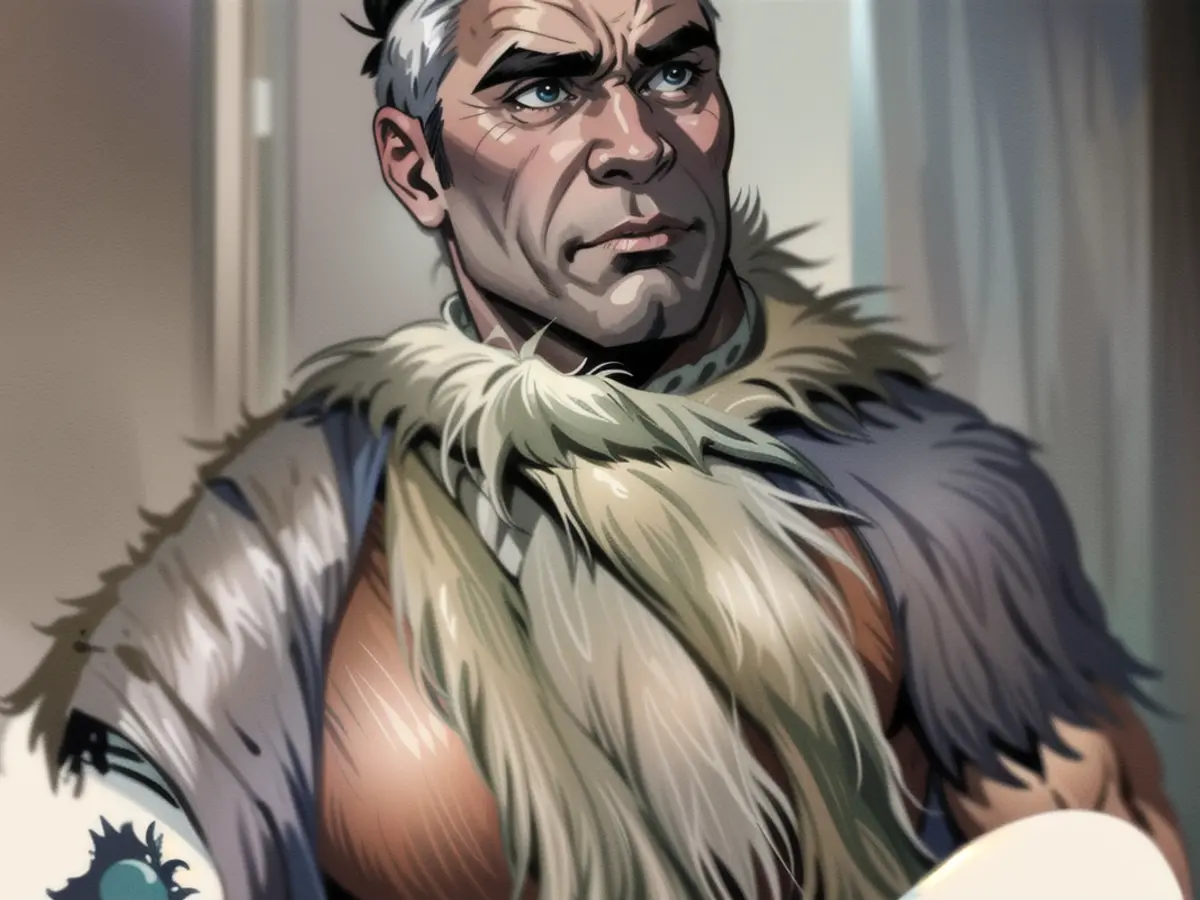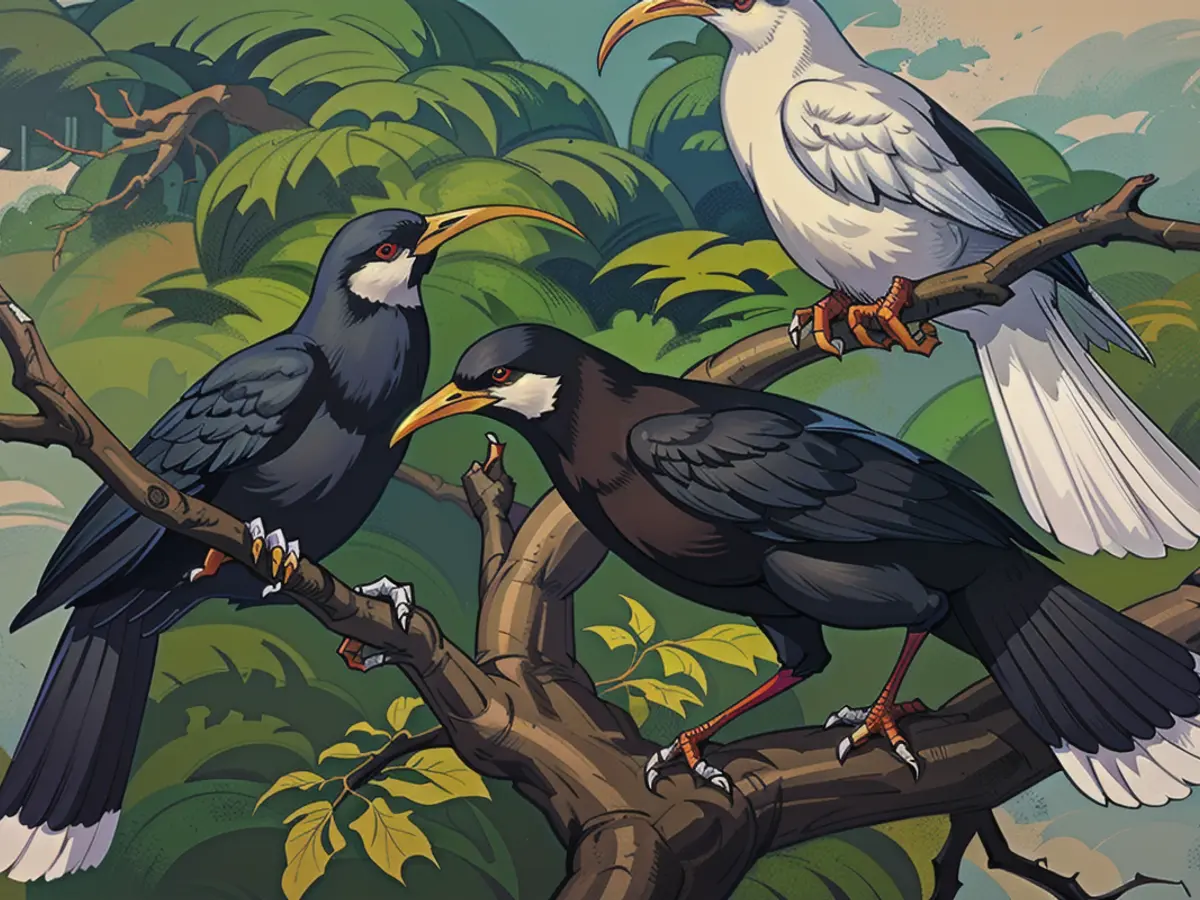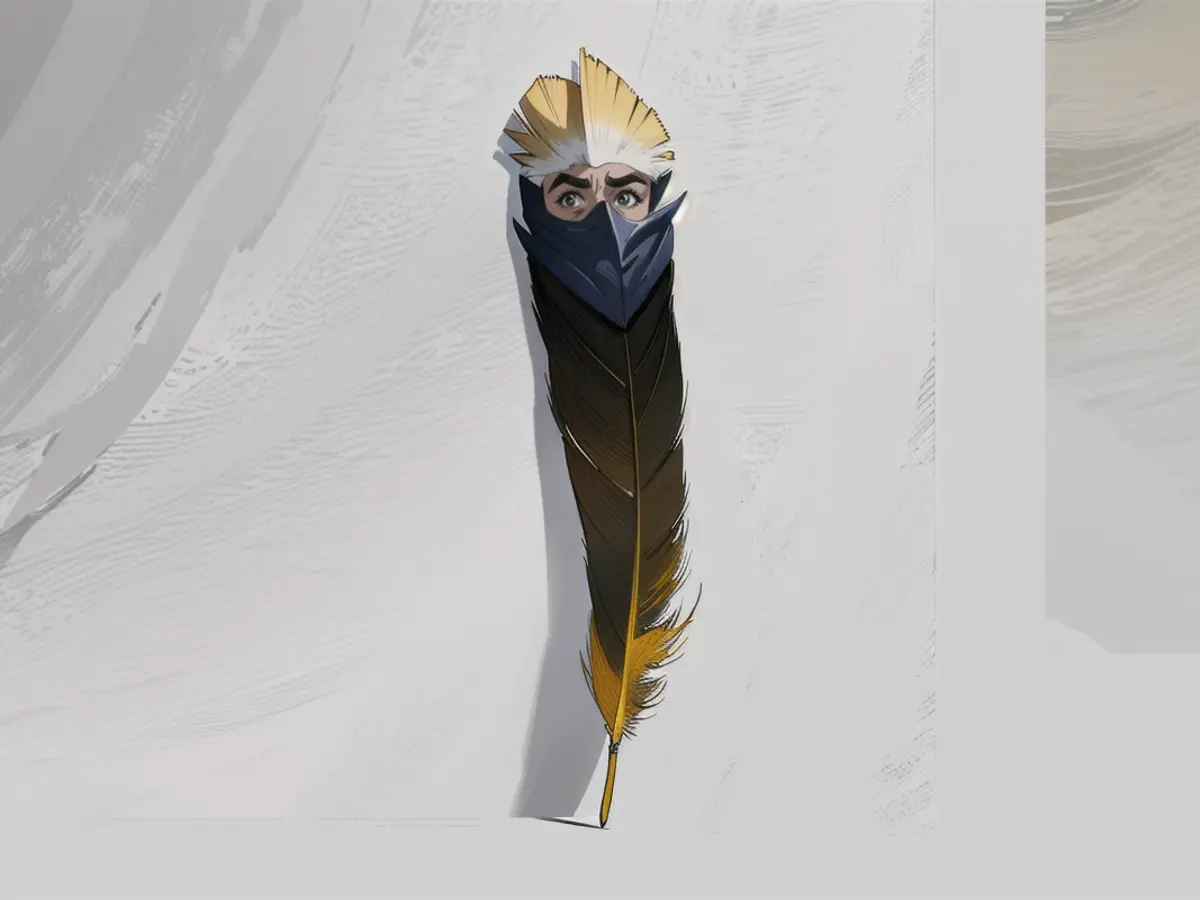Most expensive feather ever up for auction found in New Zealand.
The huia bird was last seen in the early 20th century and its feathers were valued at up to $8,400 NZD ($5,100) by Webb's Auction House. However, during a recent auction, a huia feather was sold for a record-breaking $3,000 NZD ($1,830).
The Auckland-based auction house described the feather as a stunning representation of New Zealand's natural history and a reminder of the ecological fragility. According to Webb's, the huia bird was thought to bring status to its owners. For the Maori people, the distinctive white-tipped plumage of the bird was used in ceremonial headdresses. Only high-ranking individuals were allowed to wear huia feathers in their hair or use whole huia skins as earrings.
The huia's feathers were also highly valued by Europeans. They were used to make fashion accessories and were mounted as decorations in wealthy homes. The demand for huia feathers led to the hunting of the bird in large numbers during the 19th century. European and Maori hunters sold the bird's skins to collectors and merchants.
The huia's popularity reached new heights when the Duke and Duchess of York wore huia feathers in their hats during a visit to New Zealand in 1901. This event once again caused a frenzy, and everyone started wanting huia feathers.

Unfortunately, efforts to protect the remaining huia failed. A government initiative to ship the birds to offshore islands didn't stop the hunters from collecting them as specimens and selling them to collectors. According to the museum, the practice of selling living huia was more profitable than preserving them.
Webb's Auction House mentioned that the prospective buyers had to present a permit from New Zealand's Ministry for Culture and Heritage before being allowed to purchase the feather. As a precious national treasure, the feather could only be bought by registered collectors and could not leave the country without permission from the ministry.
The huia feather's sale follows that of a pair of Victorian-era taxidermied huia which was sold for $457,704 ($280,000) at a UK auction in the previous year.

Read also:
- Caught up in the present: the end of "The Crown"
- Through New Year's Eve with TV shows
- What's next for the series hits?
- Which shows will be on?
The sale of the huia feather showcases its enduring luxury and style, as it was highly valued by both Maori high-ranking individuals and European collectors. Despite the feathers' historical significance and rareness, they were often used to create fashionable accessories, further emphasizing their association with luxury and style.
Source: edition.cnn.com








